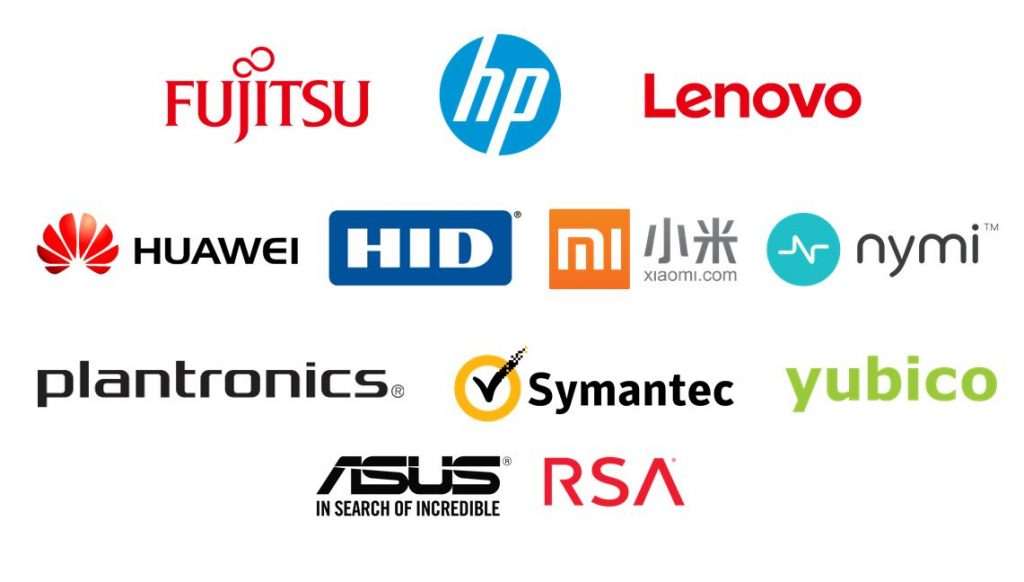Joshua Lawrence went from being a structural steel draftsman to his dream job of being a commercial photographer. Ros Harvey wants to help farmers “feed the world without wrecking the planet,” and she’s on her way to doing just that with an “internet of oysters.” A Seattle radio station that helps listeners discover new music through videos of live acts that perform at its on-site studio now can integrate artists’ movements using Kinect sensors. What a week; let’s go!
Running his own drafting business, Joshua Lawrence produced detailed drawings for welders and high-rise building projects. But he always viewed the world with a photographer’s eye, noticing shapes, colors, lines and shadows. Now an accomplished commercial photographer who owns Joshua Lawrence Studios, Lawrence creates visual stories of beauty and inspiration, whether he’s highlighting the strength of an athlete or the architectural splendor of a home.
To build compelling images, he uses robust set of tools that includes cameras, lights, software and his Surface Pro 3. Lawrence brings the powerful, mobile PC to every shoot, clamping it to a tripod and tethering it to his camera so he can build the perfect shot in real time.
This week on the Facebook, Twitter and Instagram pages, we highlighted Ros Harvey, an entrepreneur who developed the “internet of oysters” to make oyster farming in Tasmania safer and more sustainable. With the help of Microsoft’s Internet of Things (IoT) hub, the Azure cloud and in-water sensors, Harvey and her team utilized this technology to determine whether or not harvesting is safe at any given time, saving the Tasmanian growers millions of dollars a year.
Seattle-based radio station KEXP helps listeners discover new music all the time, in part through videos of live acts that perform at its on-site studio. Now, though a partnership with Microsoft, the station recently debuted a revamped room for those performances. The room features a permanent, interactive light installation made up of nearly 2,000 LED balls that are organized methodically on three walls and respond to artists’ movements using Kinect sensors. KEXP video producers control each session with a Surface Pro 4 tablet.
There are an estimated 500 million frontline staff workers around the world in retail stores, hotels, restaurants, manufacturing and other service-related industries. They don’t have an office, desk or computer, which means accessing and sharing information can be challenging. Microsoft StaffHub, introduced this week, is a new application for Office 365 designed to help. With Microsoft StaffHub, managers can quickly distribute important information to their team, such as policy documents, news bulletins or videos. Managers also have a fast and reliable way to send quick messages to team members. Employees can also send messages directly to each other or to the entire workgroup right from the Microsoft StaffHub mobile app.
And, if one of your resolutions this year is being more productive at work, you’re in good company: 93 percent of respondents in a survey by Levo – the network for millennials in the workplace – and Microsoft Office say they believe productivity to be important to happiness. It might help to limit distractions such as social media – the No. 1 challenge to being productive, according to the survey, “Mastering your productivity in 2017.” Caroline Ghosn, Levo founder and CEO, says the key is “doing the right things, not doing more things.” She recommends blocking off periods of time for different activities, to create organized spaces so one’s mind doesn’t have to expend energy by switching gears so often.
Windows Hello removes the hassle of remembering passwords and minimizes security risks for millions of Windows customers, who can use their face, fingerprints or PIN to quickly and securely sign into their device. Windows Hello is now available on a wide variety of devices, and can be used natively on nearly every Windows 10 device in the world, with a PIN or integrated biometric sensor or accessory. There are also nearly a hundred unique, biometric-enabled Windows devices and accessories in all form factors, including laptops, all-in-ones, 2-in-1s, tablets, phones and peripherals.

Halo fans have one last opportunity to get hands-on with “Halo Wars 2” in a final, large-scale multiplayer beta that focuses on a new card-based game mode, Blitz. It will be available on both Windows 10 PC and Xbox One starting Jan. 20. Blitz is a new twist on real-time strategy gameplay that “combines the deck building and split-second decision making of card-based strategy play with explosive tactical combat in the Halo universe,” says Dan Ayoub, studio head of Strategy Games Development. “Your card deck, along with your faction leader, are your greatest resources as you assemble a collection of air, ground and infantry units and seek to out-think and out-maneuver your opponents on the battlefield.”
That’s it for this edition of Weekend Reading! Enjoy your weekend, no matter what lens you’re experiencing it through, and join us again next Friday!
Posted by Suzanne Choney
Microsoft News Center Staff

